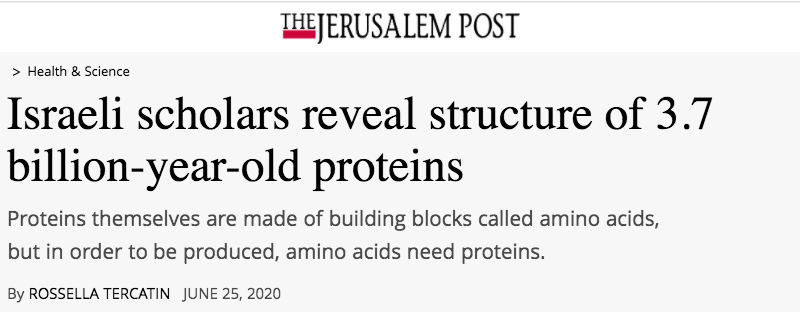
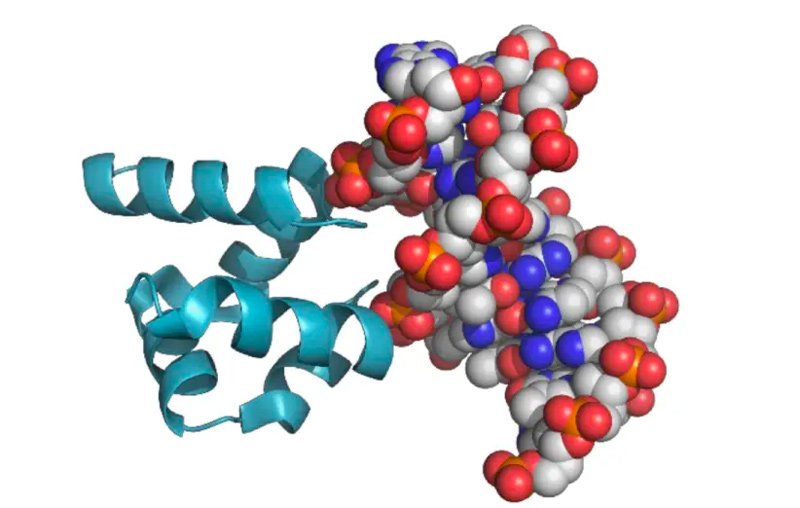
Israeli scientists from the Weizmann Institute of Science and the Hebrew University of Jerusalem have managed to reconstruct a primordial protein from 3.7 billion years ago and to solve a “who came first, the chicken or the egg” type of riddle that had been puzzling researchers for decades.
“Proteins are the building blocks of every living organism,” Prof. Dan Tawfik of the Weizmann Institute, a co-author of the paper published on Sunday in the Proceedings of the National Academy of Sciences (PNAS), told The Jerusalem Post. “They are also essential in performing crucial activities that support life. From metabolism to eyesight, all these functions are mediated by proteins.”
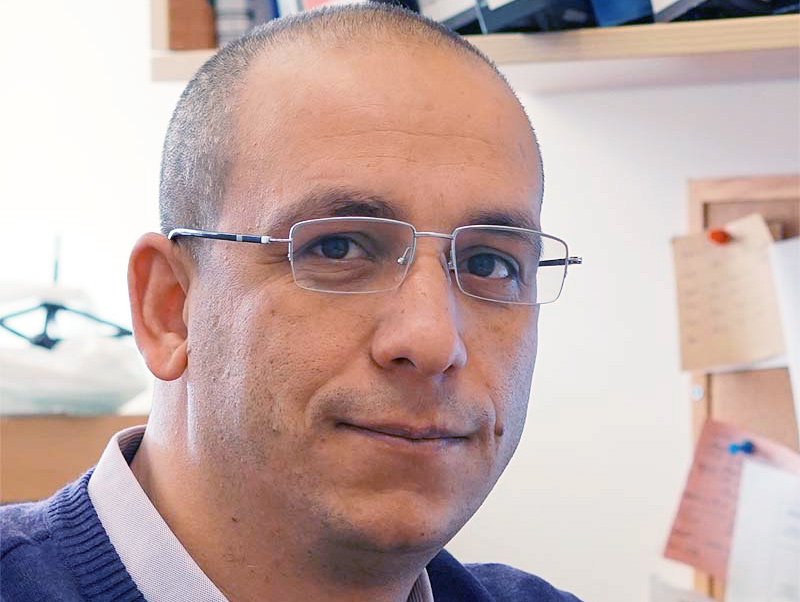
A better understanding of primordial proteins can help provide insights about the origin of life as we know it today, he said.
“The question of the origin of life is strictly related to what can be considered the first living form,” Tawfik said. “In our field, the first cellular organism that eventually developed into all the living forms we see today is known as the Last Universal Common Ancestor, or LUCA. What happened before it came to existence is pretty enigmatic.”
A currently common theory states that life on earth began with nucleic acids, DNA or RNA molecules. At some point, proteins came into the picture.
“Our work focuses on a period characterized by very simple systems which had at least two molecular components: some nucleic acid carrying information and some simple proteins that allowed it to replicate and thus have the ability to produce offspring and pass information to the next generation, which is the first prerequisite of life,” Tawfik said.
Proteins are made of building blocks called amino acids, but in order to be produced, amino acids need proteins.
“Therefore, how could we know who came first? We faced a kind of chicken-and-egg problem,” he said.
The first scientists who tackled the question in a groundbreaking and famous experiment were Stanley Miller and Harold Urey, who in 1952 managed to simulate the conditions thought to exist on Earth prior to life and demonstrate that the spontaneous formation of amino acids was possible.
Since then, however, no experiment had succeeded in generating amino acids carrying a positive electric charge, which are currently present in our proteins and are considered a key element in their formation. This challenge was addressed by Tawfik and his colleagues.
“There is one basic amino acid, called ornithine, which was seen by Miller and Urey but is not part of modern proteins,” he told the Post. “We believed that it could have represented the first amino acid carrying the positive charge.
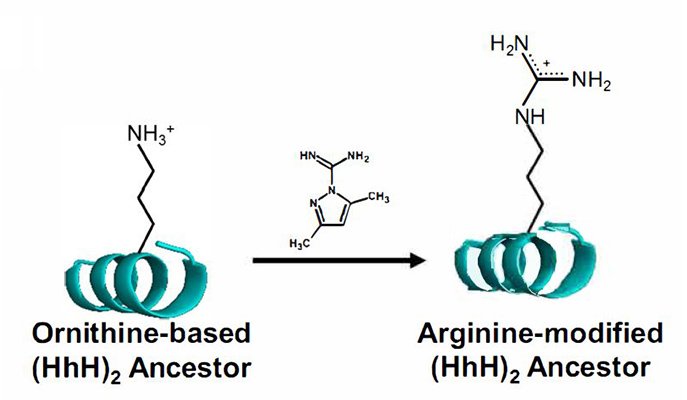
“We took a very ancient protein that is known to have been present in LUCA, and we reconstructed the ancestor of this protein. We managed to show that we could replace with ornithine all of the amino acids carrying a positive charge, and yet this protein remained functional.”
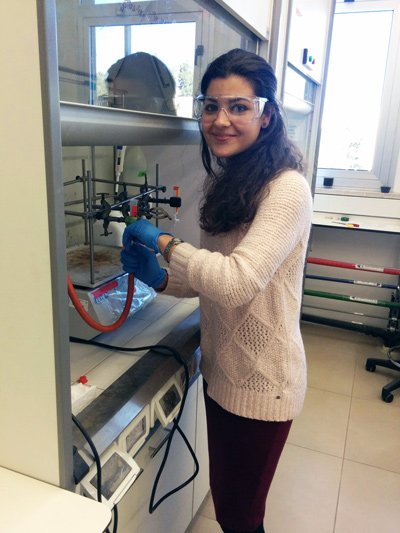
“We also showed that with a very simple chemical reaction likely available at the dawn of life, ornithine could be turned into arginine, which is currently the most common positive amino acid in this kind of protein,” he added. “We provided a feasible path leading from spontaneously emerged amino acids to a functional protein.”
The team worked on the research for several years.
“Usually we create proteins by genetic engineering, inserting their genes in a bacterium that would produce the protein for us,” Tawfik said. “But because ornithine is currently not in the genetic code, it needed to be created by chemical synthesis, something that was obtained by our colleagues at the Hebrew University.”
These findings open new horizons in the field.
“We are reconstructing these forms of molecular fossils to provide a link between the primordial world of nucleic acids and today’s proteins,” Tawfik concluded. “Unlike ancient organisms, molecular fossils cannot be recovered in archaeological excavations. They need to be reconstructed.
“We are making a lot of progress: In spite of being so small and simple – formed by about 30 amino acids, compared to an average of 300 in modern proteins – we are finding that these ancient proteins are able to do remarkable things.”
